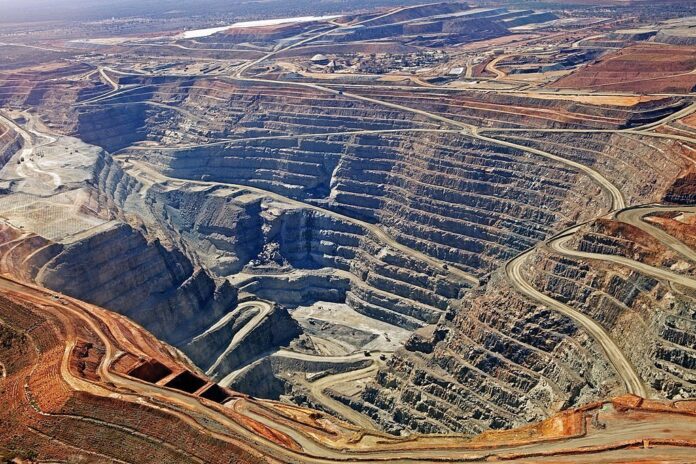Barrick advances key projects, sees 25% net income growth


Barrick Gold (TSX:ABX; NYSE:GOLD) is making strides with its major global projects. The Goldrush mine in Nevada is set to boost annual production to over 400,000 oz. by 2028. The current resource includes 9.8 million oz. at 5.88 g/t indicated and 4.2 million oz. at 5.4 g/t inferred. Additionally, a $67 million upgrade (all figures in US dollars) to the Gold Quarry roaster is expected to increase its throughput by 20%. The Fourmile project, 100% owned by Barrick, could become a Tier One mine with potential production exceeding 500,000 oz. per year for over 20 years. Drilling continues to confirm substantial mineralization, with 10 rigs currently at work.
In the Dominican Republic, the Pueblo Viejo expansion is on track to increase gold production to over 800,000 oz. annually beyond 2040. This expansion aims to boost production and reduce costs in the latter half of the year.
“The strong cash flows from our operations will fund these and other developments while our robust balance sheet will support the forecast growth and dividends. In the meantime, Barrick’s unparalleled ability to replace reserve depletion organically will continue to enhance the scope and quality of our existing asset base,” said Barrick president and CEO Mark Bristow.
Barrick is also advancing two major copper projects. The Lumwana super pit expansion in Zambia will raise production from 130,000 tonnes to 240,000 tonnes per year. The Reko Diq project in Pakistan, one of the world’s largest undeveloped copper-gold deposits, is expected to produce 881.5 million lb. of copper and 500,000 oz. of gold annually, with first concentrate anticipated by late 2028. Barrick is investing in local talent development in Pakistan through educational programs and technical training centers.
At Kibali, Africa’s largest gold mine, reserve replenishment and technological upgrades continue. A new solar power plant and battery storage will increase the mine’s renewable energy share to 85%. Kibali has invested nearly $2.7 billion in local contractors and suppliers. A new cyanide recovery plant is improving gold recovery and alternative leaching agents are being tested to reduce cyanide use.
“Our policy is to employ our host countries’ nationals and then to empower them through a combination of theoretical and practical training, hands-on field experience and personalized mentoring to run our world-class mines,” said Bristow.
Barrick has introduced a biodiversity assessment tool called the biodiversity residual impact assessment (BRIA) tool, designed to better measure and manage biodiversity impacts. The tool has shown positive results in habitat restoration and conservation at Carlin and Pueblo Viejo.
Despite recent challenges from a landslide at the Porgera mine, operations have resumed and are meeting targets. Barrick and its joint venture partner, Zijin, have donated $1 million for relief efforts and local support.
Financially, Barrick reported a 25% increase in net earnings for the second quarter 2024. Operating cash flow reached $1.16 billion, up 53% from the previous quarter, and free cash flow was $340 million. Net earnings per share rose by 24% to $0.21, with adjusted net earnings per share increasing by 68% to $0.32. Barrick declared a quarterly dividend of $0.10 per share, to be paid on Sept. 16, 2024, to shareholders on record as of Aug. 30, 2024. The company also repurchased 3.0 million shares during the quarter under its $1 billion buyback program.
For more information, visit www.Barrick.com.
Comments